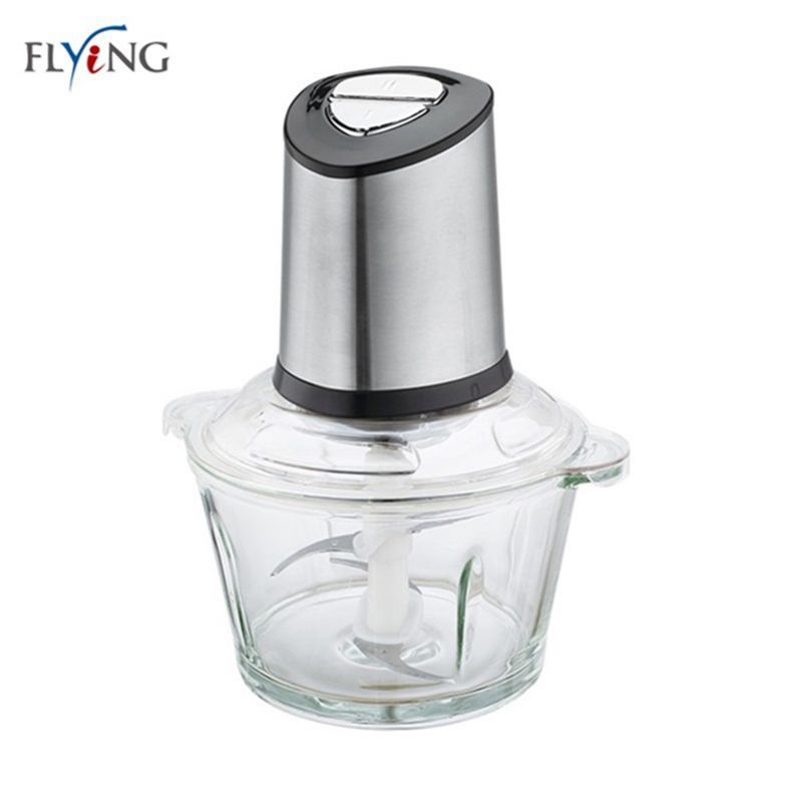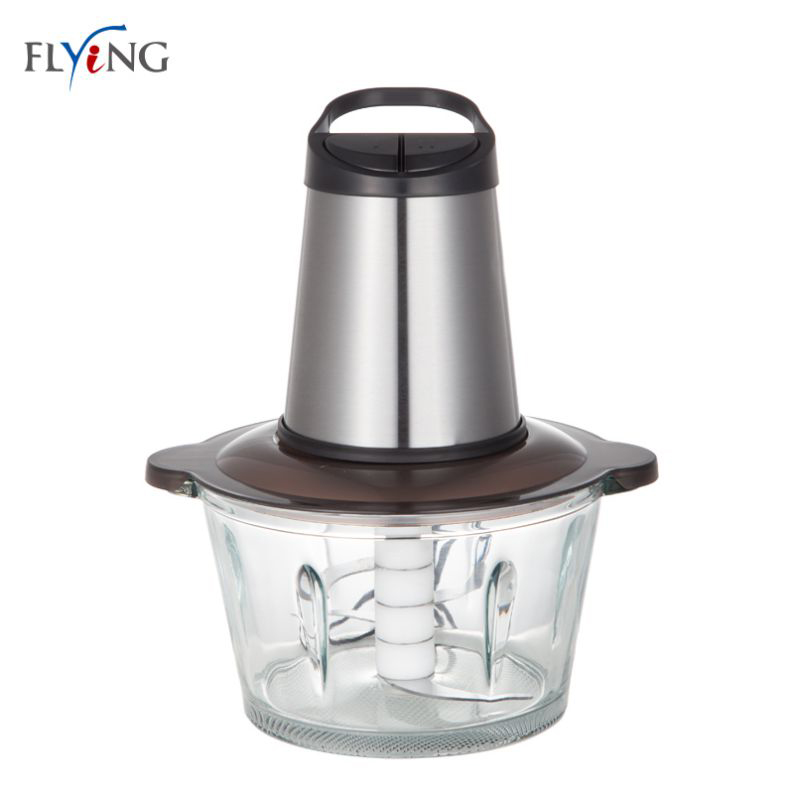The world's major molybdenum mines include seven large molybdenum mines in the Americas: Klein Max Henderson, Questa, Yudra, Ndak, Boss, Red Mountain; two molybdenum plants in the Soviet Union : Granite porphyry molybdenum deposit plant, Northwest Lithium Mine ore plant. Our three major molybdenum mine: Yangjiazhangzi, jinduicheng, Luanchuan. In addition, there are seven small and medium-sized molybdenum plants: Beijing Huairou, Anhui Taiping, Zhejiang Qingtian, Fujian Fu'an, Guangdong Baishitun, Hebei Xiaosigou and Liaoning's steel shovel. In the 1960s and 1970s, the Yangjiazhangzi Mining Bureau Molybdenum Plant made a large number of small-scale experiments and on-site industrial tests on the molybdenum ore grinding process, such as two-stage ore grinding, stage grinding, stage selection, The coarse ore tailings are re-grinded and re-selected, the ore is washed, the coarse particles (greater than 0.2 mm) are ground, and the coarse subdivision is selected. The final conclusion is that a section of grinding is the most economical. The rough selection process originally designed by the Ndak Molybdenum Plant in Canada is to return one-third of the coarse concentrate to the rough-selected ore. However, it has been proved that one-third of the return is canceled, and the rough-recovery rate is slightly Higher. 1) Molybdenum concentrate is concentrated and dehydrated and then refined. Process parameter list of similar factories and mines in foreign countries      Factory name Claymax Henderson Questa Ndak (plus) index Original ore grade % 0.17 0.27 0.12 0.09 Rough grinding 32~40%+100 mesh 35%+100 mesh 38%+100 mesh 43%-200 mesh 40~42%-200 mesh Coarse concentrate grade % 3.6~4.8 5.4 4~5 5.4~11.2 Rough recovery rate % 88 90~92 -- 87 Number of regrind 3 3 Crude concentrate and medium mine re-grinding February 3 Selected times 5 4 5 4~5 Concentrate grade % 54 54 54 98~99 Selected recovery rate % 98 97.5 -- 50~70%-9μ Selected granularity 80%-20μ -325 mesh 75%-325 mesh   For example, the mass dissociation degree of molybdenum ore of different particle sizes is determined by the Kemax molybdenum ore as shown in the following table. Monomer dissociation degree of molybdenum ore at different particle sizes Particle size (micron) Monomer molybdenite content % 30 88. 3±1.6 20 93.6±1.2 15 98.1 ± 0.7 10 99.4±0.3 The mine mine will have a particle size of -65 mesh and 80% of the coarse concentrate in the process of selection. After three-stage grinding, the tailings of a fine tail and two fine tails will be discarded and the size of the tailings will be -325 mesh. 80%; the final concentrate has a particle size of -20 microns, accounting for 80%; a molybdenum concentrate with a concentrate grade of 92% MoS 2 and a selective recovery of 98% is stably obtained. Statistics on the rich ore ratios of selected sections of the Kleinmax Molybdenum Plant project Selected segments total 1 2 3 4 5 Raw ore grade ( Mo ) % 3.6~4.8 2~15 30~33 48~51 51~54 3.6~4.8 Concentrate grade ( Mo ) % 12~15 30~33 48~51 51~54 52.8~55.2 52.8~55.4 Rich ore ratio (times) 3.3~3.13 2.5~2.2 1.6~1.5 1.06~1.05 1.04~1.02 14.7~15.5 5) In the selected process, set “scraping operation†to expose the new surface of molybdenum ore and improve the recovery effect.
Glass Bowl Food Choppers
Glass Bowl Food Choppers are our main food choppers. We have 0.6L, 1.2L, 1.8L optional with pure clear and thick glass bowl. Besides, we have molding polyfoam packing for glass bowl and our glass bowl is thick and strong, it is not easy broken. What's more, glass bowl is easy to clean.
Description of Glass Bowl Food Choppers
300W/350W
S/S housing
pure clear and thick glass bowl with double blades
one/two speeds with safety lock
metal gear
6pcs/ctn
Glass Bowl Food Choppers,Glass Bowl Choppers,Kitchen Food Processor,Vegetable Chopper Flying Electronic Co., Ltd , https://www.electronicjmflying.com
In recent years, the development of molybdenum beneficiation process has the following characteristics:
1. Grinding and rough selection process (1) Grinding process Most of the ore is a section of grinding. Only Canada's Ndak Molybdenum Plant uses a rod mill and a two-stage ball mill grinding process, -200 mesh accounts for 40 to 42% (see left); the Soviet Union's granite porphyry molybdenum plant uses two segments. Grinding, -200 mesh accounted for 50 to 60% (see right below). 

The world-famous American Claymax Molybdenum Plant conducts a comprehensive study of the determination of the “economic grinding fineness†of grinding and the selection of flotation reagents to obtain the best value for economic benefits. It has been proved by practice that the surfactant Xintaix syrup (sulfated coconut oil monoglyceride) used in 1942 can be used under rough grinding conditions (+100 mesh accounts for 40%, and -200 mesh accounts for 40-45%). ), in the rough selection operation, the best recovery of the medium ore body, which greatly saves the grinding cost.
In recent years, China has introduced Xintex, and combined with the national conditions to develop PF-100 and sulfur mono-glycolipid, through small experiments of Yangjiazhangzi, Jinduicheng and Xiaosigou and other molybdenum ore, proved in the grinding products. Under the condition that the content of 200 mesh size is reduced by 5-10%, the crude recovery index is similar, which provides conditions for coarse grinding and coarse selection in China's molybdenum plant.
(2) Rough selection process The selection process of molybdenum selection at home and abroad generally adopts simpler rough selection and one to three sweeping processes. [next]
The United States Quastar Molybdenum Plant has adopted the flexible coarse and sweeping foam in the two selections for the refractory characteristics of andesite compared to the crystalline rock. The second process is followed by the following process. 
Yangjiazhangzi Molybdenum Selection Plant has carried out stage grinding and stage selection of rough selection process; washing +0.2 mm grain-level grinding, coarse subdivision selection; industrial tests such as branching process have not achieved the same technical and economic satisfaction.
According to the two characteristics of molybdenite, the natural floatability is good and the enrichment ratio is high. Grinding uses a coarse grinding process, which greatly saves the grinding cost. The rough selection adopts a simple process, and more and more, which is technically reasonable and economically cost-effective. This has been confirmed by extensive practice. Therefore, the grinding primary selection process of molybdenum ore has been typical, that is, “a rough grinding and rough selectionâ€.
2. Selected Process Flow (1) Selected Process Flow and Characteristics of American Molybdenum Concentration Plant The selected process flow of the American Molybdenum Concentrator is generally concentrated and decontaminated with coarse concentrate, multi-stage regrind, multi-stage selected Process. The selection process of the long-established American Max Max Molybdenum Plant is a typical representative. The selected process flow of the plant is shown in the figure below. Its characteristics are: [next] 
2) The selected materials are re-grinded several times to make the fine-grained molybdenum ore fully reach the monomer dissociation to obtain high-grade, high-yield molybdenum concentrate (see table below). [next]
3) Pay attention to the choice of regrind media and use gravel mill.
4) The enrichment effect of each selected operation is quite significant. Therefore, in the first and second selection operations, the tailings can be removed and the rich ore ratio of the selected operations is shown in the table below. 

